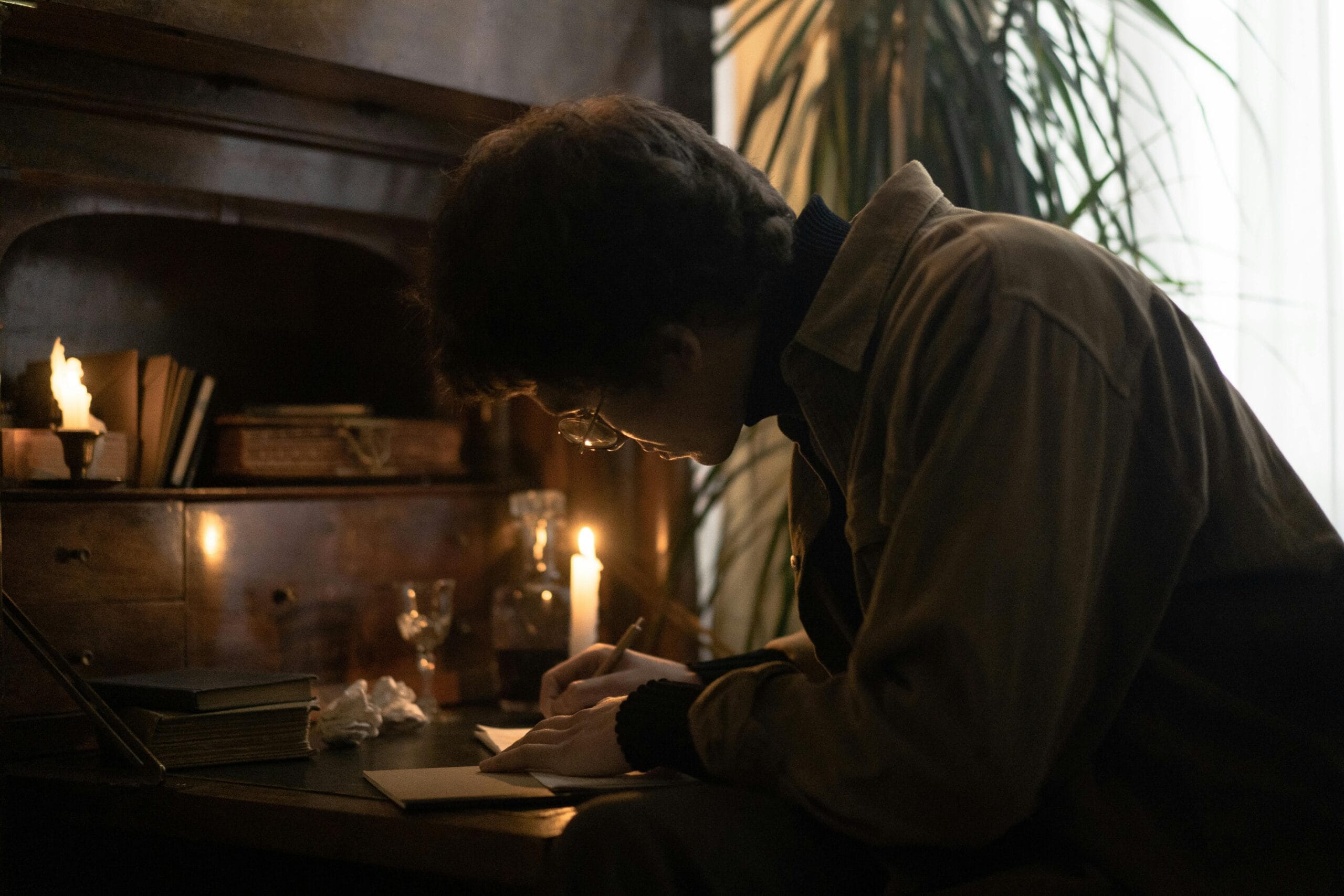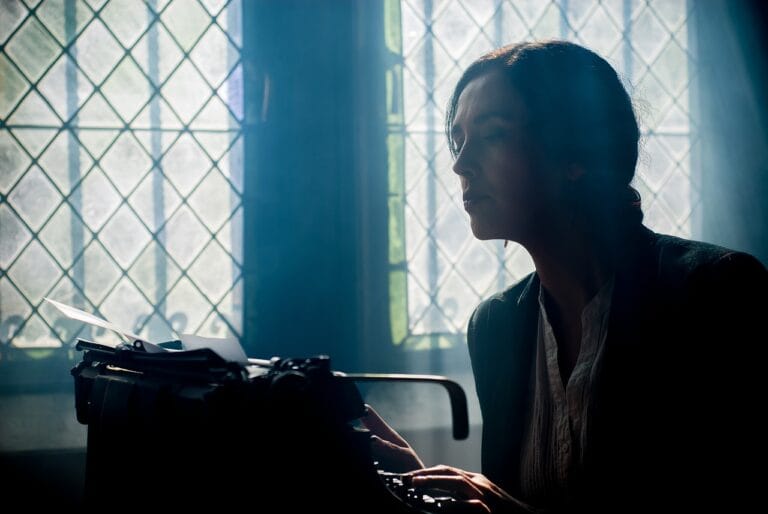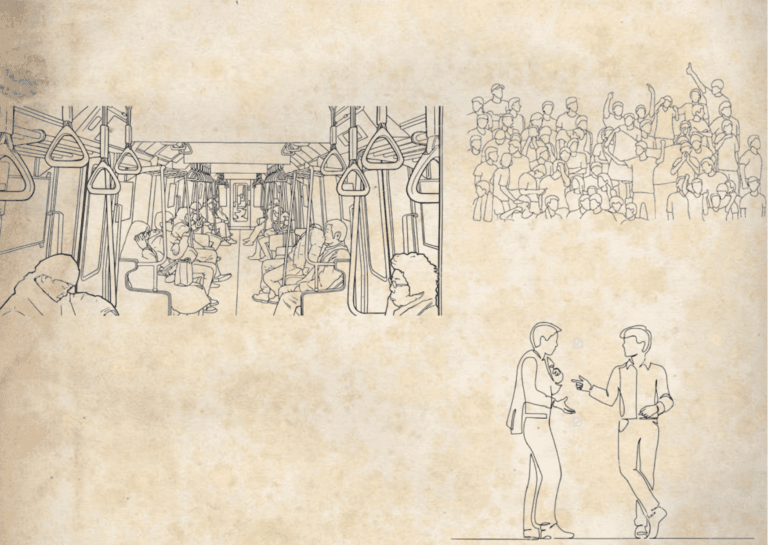Introduction
Writing a short story based on a real event allows you to tap into the emotional depth and authenticity of a real-life experience. Whether it’s a personal memory or an event you’ve observed, drawing inspiration from reality can make your narrative feel relatable and impactful. In this blog post, we’ll walk you through the process of transforming a true event into a compelling short story, with tips on how to fictionalize the details while maintaining the essence of the truth.
1. Start with the Core of the True Event
The first step in writing a short story based on a true event is to identify the key moment or theme of the event that you want to explore. This might be a life-changing experience, a moment of personal revelation, or a dramatic incident that you want to capture. Focus on the emotional heart of the event rather than just the facts.
Why it works: Focusing on the core of the event allows you to maintain the emotional truth of the experience, which is often more important than the literal details.
Tip for Writers: Ask yourself, “What was the most important or transformative moment of this event? What emotions did it stir in me, and how can I convey that to my readers?”
2. Create Fictional Elements Around the Event
While the event itself is true, a good short story allows for creative interpretation and embellishment. You can add fictional details to enhance the narrative, such as changing the setting, altering character names, or introducing fictional elements that serve the story’s themes.
Why it works: Fictionalizing certain elements allows you to explore the event in new ways, giving you the freedom to delve into the emotional and psychological layers of the characters involved.
Tip for Writers: Don’t be afraid to adjust the facts. For example, you might change the location of the event, combine characters, or even tweak the outcome if it serves the larger narrative and theme.
3. Focus on Character Development
Even when writing about real events, your characters still need to feel fully developed. Think about how the true event impacted the people involved—how did it change them? What were their motivations, fears, and desires before and after the event? Bring these elements to life in your fictional characters.
Why it works: Well-developed characters add depth to your story and help readers connect emotionally with the events. By focusing on character growth, you make the event feel like more than just a sequence of events—it becomes a catalyst for change.
Tip for Writers: Use the true event as a backdrop to explore your characters’ inner worlds. How does the event force them to confront their flaws, fears, or desires? How do they grow through the experience?
4. Maintain Emotional Honesty
Even though you are writing fiction, the emotional honesty of the true event should remain intact. This means capturing the raw emotions and reactions that you or others experienced during the event. Emotional truth is what makes the story resonate with readers, even if the facts differ from reality.
Why it works: Readers connect with the emotional authenticity of the story, even if it’s based on a fictionalized version of a real event. Emotional honesty allows readers to empathize with the characters, making the story feel genuine.
Tip for Writers: Use vivid, sensory details to convey the emotions surrounding the event. What did the experience feel like physically, emotionally, and mentally? Make sure those emotions are front and center in your narrative.
5. Consider the Message or Theme
When transforming a true event into a short story, consider what message or theme you want to convey. The event may have carried a certain lesson or theme that you can explore more deeply in the context of your fictional story. This theme could revolve around personal growth, love, loss, redemption, or any other universal human experience.
Why it works: Focusing on a theme helps guide the direction of your story and gives it purpose. It ensures that the fictionalized elements serve the larger meaning behind the event.
Tip for Writers: Think about what lesson or insight you want your readers to walk away with. How does the true event connect to a larger theme? Use the fictionalized version to explore this theme more fully.
6. Use Symbolism to Enhance the Story
Symbolism can be a powerful tool when writing a short story based on a true event. Certain objects, places, or actions from the real event can be turned into symbols that represent larger ideas or emotions. These symbols can help reinforce the themes of your story and add layers of meaning.
Why it works: Symbolism enriches the story, giving it depth and multiple layers of interpretation. It allows readers to uncover new insights each time they read the story.
Tip for Writers: Think about objects or moments in the true event that can take on symbolic meaning. Perhaps a particular item or location in the event can symbolize something deeper, like freedom, loss, or change.
7. Craft an Engaging Ending
The ending of your short story is crucial, especially when you’re working with a true event. While you may choose to stay true to how the event actually ended, you also have the freedom to create a more satisfying or thought-provoking conclusion. Think about how the story’s emotional arc should resolve and what kind of ending will leave a lasting impact on the reader.
Why it works: A strong ending is essential to giving the story closure and emotional resolution. Whether the ending is uplifting or tragic, it should align with the emotional journey of the characters.
Tip for Writers: Decide whether you want to end the story on a note of hope, ambiguity, or resolution. Make sure the ending is earned through the character’s development and the events that preceded it.
Conclusion
Writing a short story based on a true event is an opportunity to explore real experiences through the lens of fiction. By focusing on emotional honesty, character development, and fictionalizing certain aspects of the event, you can craft a story that resonates deeply with readers while staying true to the essence of what really happened. So, take that real-life event, let your creativity flow, and turn it into a fictional masterpiece. To get inspiration read some of the best great short stories ever written.





Pingback: How to Use Dialogue Effectively in Short Stories - Part Time Story
Wow, wonderful blog structure! How lengthy have you been blogging
for? you make running a blog glance easy. The full look of
your site is excellent, as smartly as the content!
Thank you for your Kind Appreciation.
Thank you for your Appreciation.
Pingback: The Role of Setting in Short Stories: How to Build Atmosphere - Part Time Story
some really interesting information, well written and generally user pleasant.
Lovely just what I was looking for.